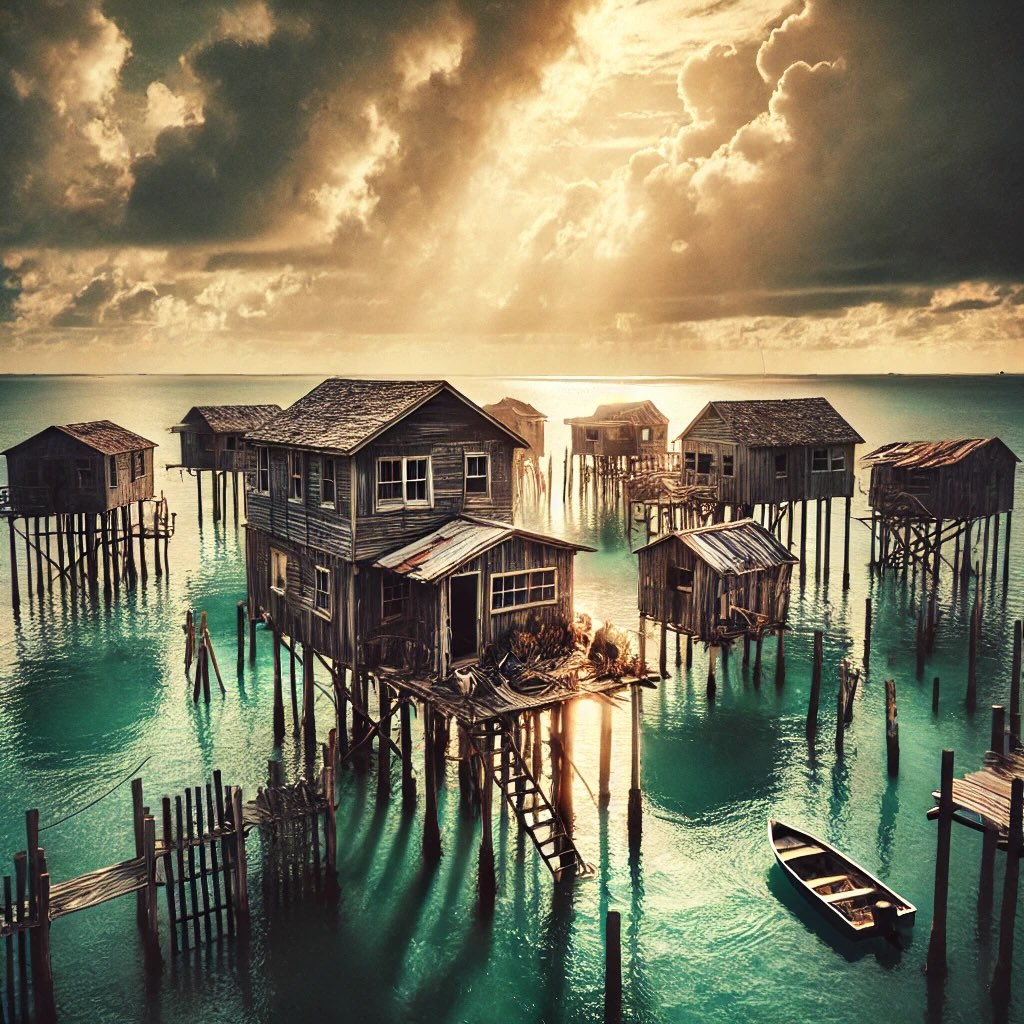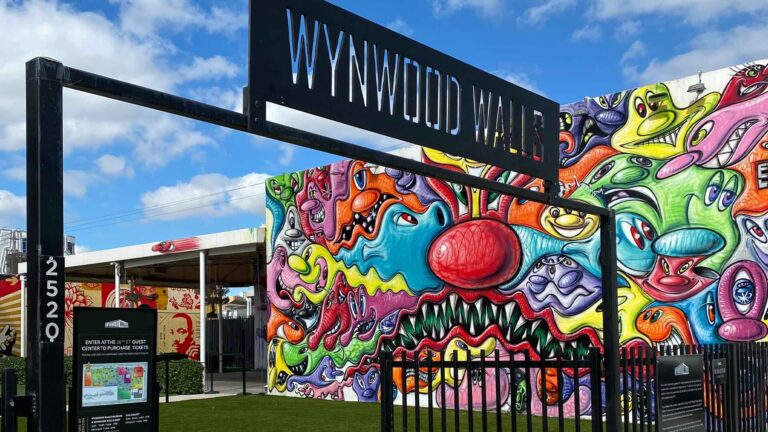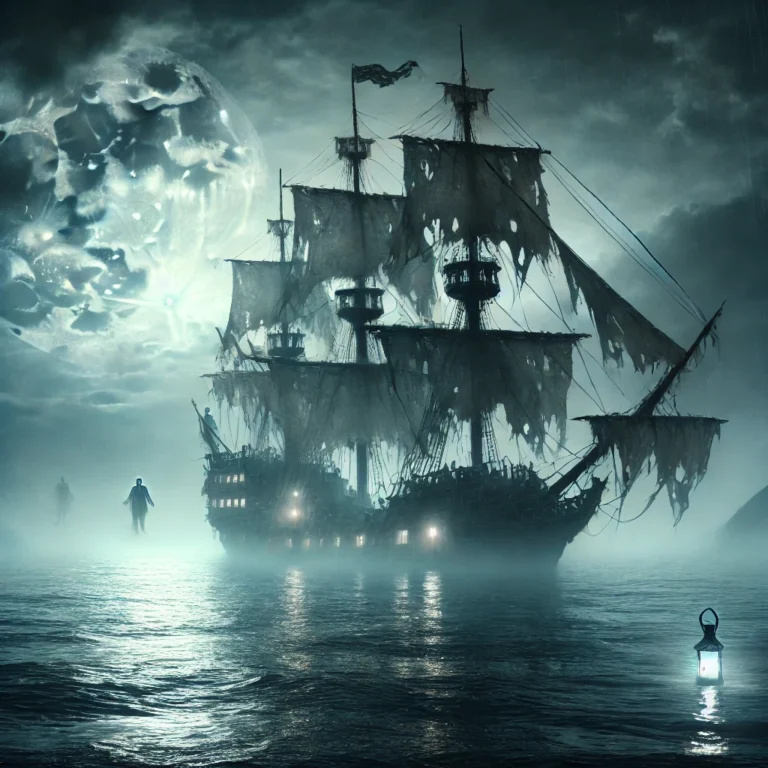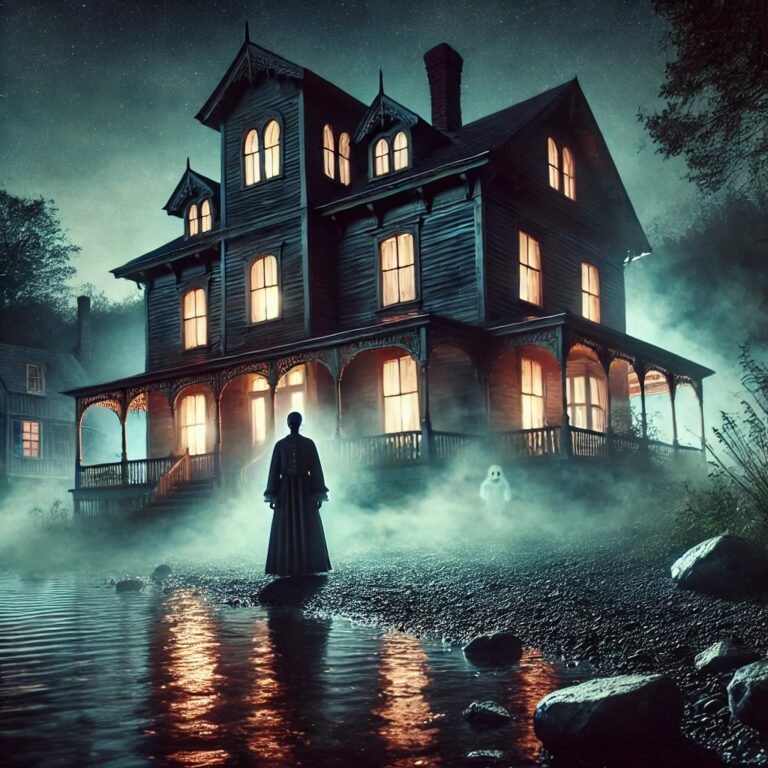A Hidden World Above the Waves
Just a mile off the coast of Miami, in the middle of Biscayne Bay, remnants of a lost world stand on stilts above the water. This is Stiltsville, a place where time and tide have nearly erased a rebellious, carefree slice of South Florida history.
Once a collection of wooden stilt houses built for fishing, partying, and even illegal gambling, Stiltsville was Miami’s most exclusive—and at times, most notorious—hidden community. Today, only a handful of these structures remain, weathering storms and government regulations as relics of a forgotten paradise.
The Rise of Stiltsville
Stiltsville’s origins date back to the 1930s, when fishermen and adventurers built the first wooden structures over the shallow flats of Biscayne Bay. The location was ideal—far enough from the mainland to escape scrutiny but close enough for Miami’s elite to boat out for a weekend of fun.
By the 1940s and ‘50s, the area had transformed into a booming hideaway of floating clubs and private retreats. The infamous Bikini Club, founded by “Crawfish” Eddie Walker, became a legend, serving cold drinks and fresh seafood to visitors who could only access it by boat. Rumors swirled that it doubled as an offshore gambling house, immune from Miami’s strict laws.
Storms, Fires, and Government Battles
For decades, Stiltsville thrived as a lawless oasis on the water. But the same elements that made it unique also made it vulnerable. Hurricanes and fires ravaged the stilt houses over the years, with Hurricane Betsy (1965) and Hurricane Andrew (1992) dealing devastating blows to the community.
By the 1980s, the state of Florida began reclaiming the bay’s submerged land, and leases for Stiltsville’s properties started expiring. By 1999, the government planned to remove the remaining structures. However, a coalition of historians and locals fought back, convincing the National Park Service to preserve the last surviving houses as part of Biscayne National Park.
A Ghost Town on the Water
Today, only six structures remain from what was once a sprawling overwater community. These weathered wooden houses, standing defiant above the bay, can no longer be privately owned. Instead, they’re maintained by the National Park Service and a group called The Stiltsville Trust.
While they no longer host wild parties or secret card games, they still hold a haunting beauty. Boaters often drift past, catching glimpses of a South Florida relic that refuses to fade away completely.
What’s Next for Stiltsville?
Despite their protected status, the remaining Stiltsville houses are in constant battle with nature. Rising sea levels, storms, and the slow decay of time threaten to make Stiltsville just another chapter in Miami’s history books.
But for now, it stands—a skeletal reminder of an era when Miami’s wildest weekends happened far from shore.




